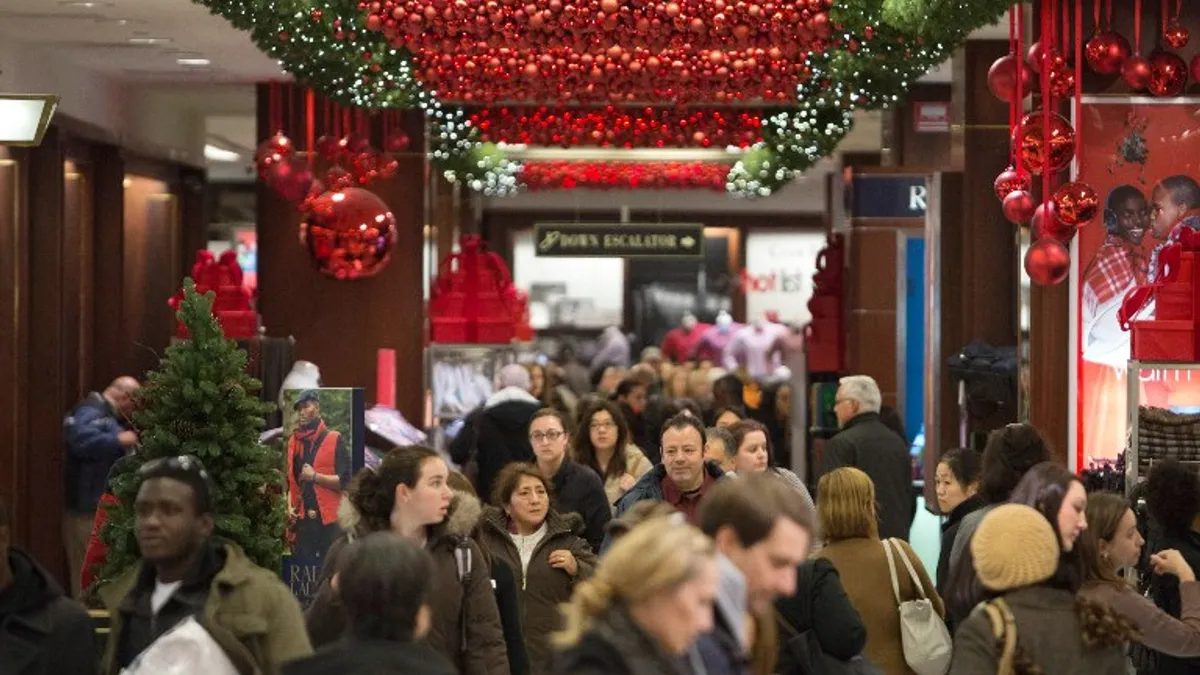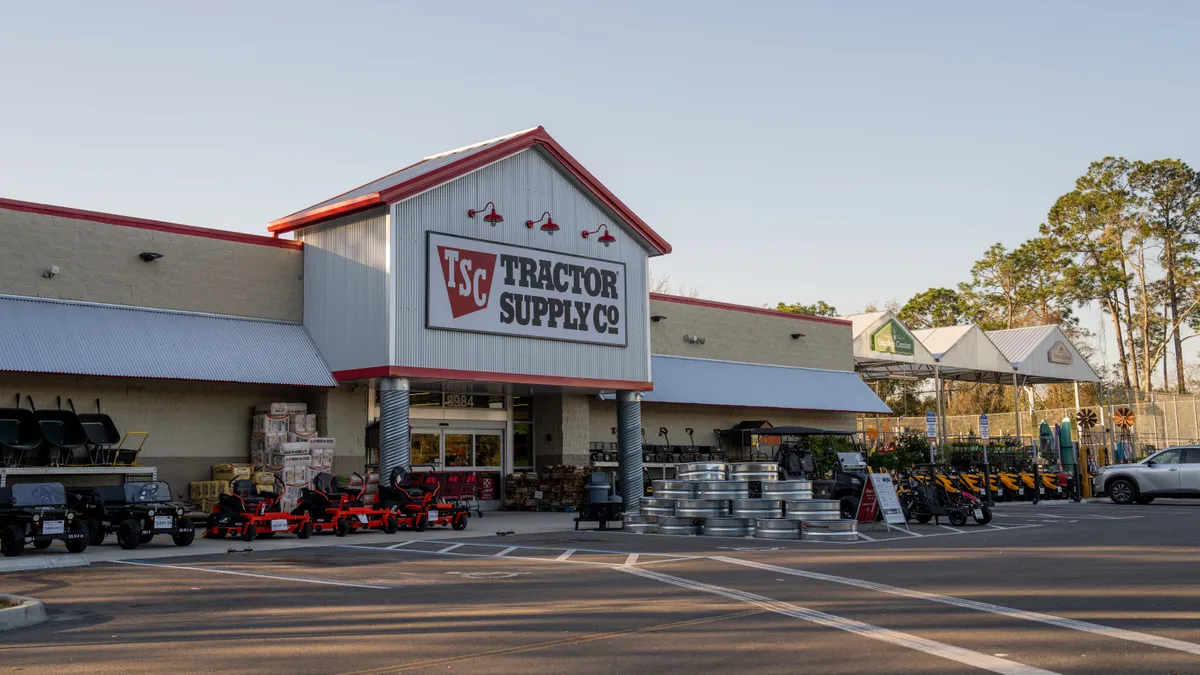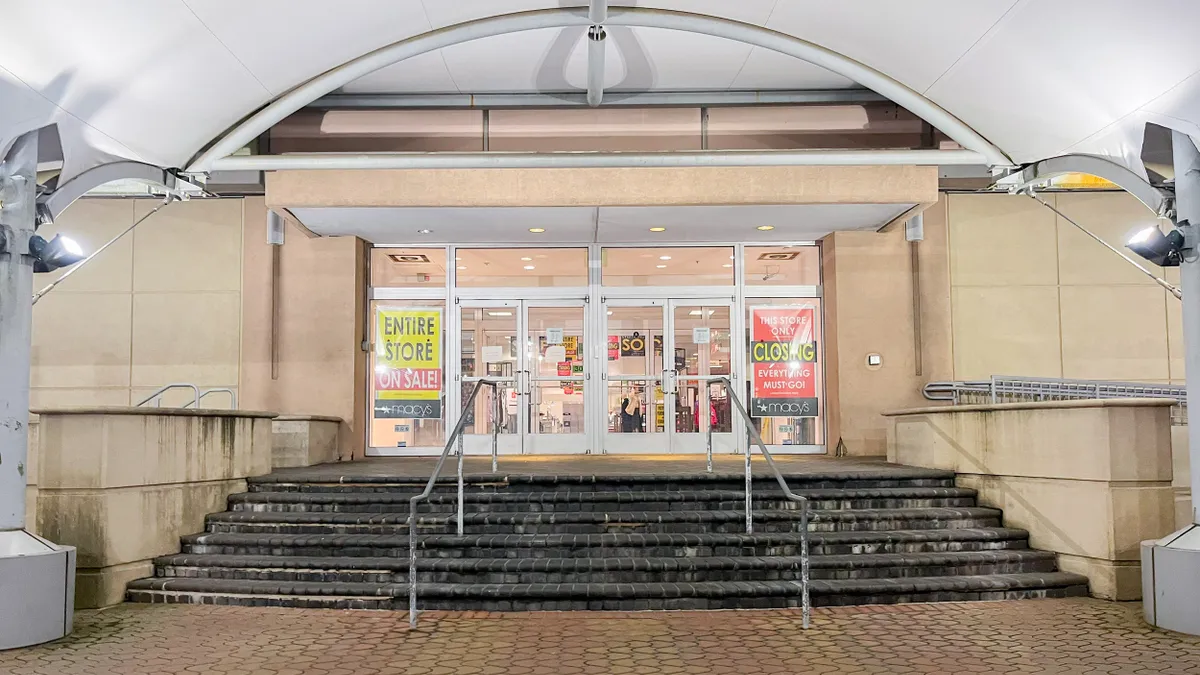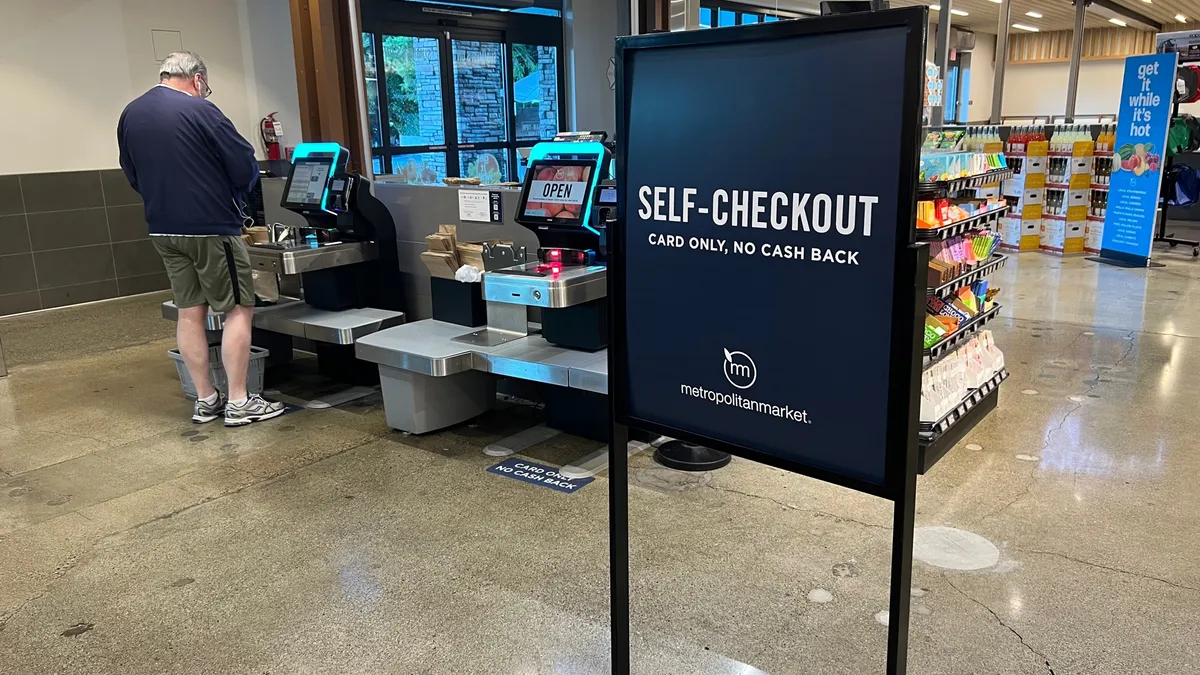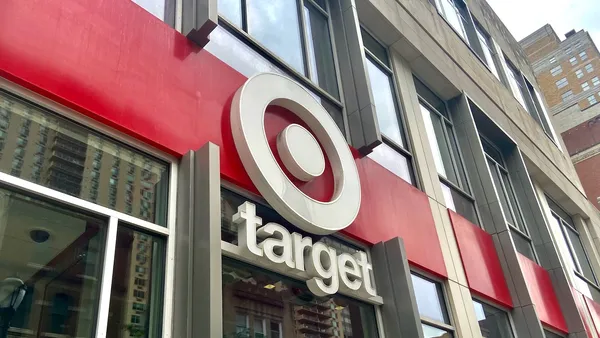Smart employers, particularly those who need to fill front-facing jobs, are trying to get a jump on the seasonal hiring insanity by starting the process early. Big retailers, like Kohl’s, announced in June they would begin recruiting and hiring seasonal workers this month, well ahead of the traditional holiday hiring cycle. A tight applicant market, rising wages and benefits, even for part-timers, and stiff competition are pushing recruiters to be more flexible and get more creative in their hiring practices, even for entry-level jobs.
With thousands of positions to fill nationwide, the pressure is on to hire. A quick "retail" search on Indeed in mid-August turned up almost 1 million available positions. When the holiday season rolls around, that number will likely skyrocket. At stores like J.C. Penney, nearly 20,000 workers were added to the rolls for the back-to-school season alone, according to media reports. In 2017, the company planned to hire 40,000 for the holiday season; no word yet on this year’s goal. Even with big retailers like Toys R Us and Bon Ton stores now out of the picture, recruiters will be hard-pressed to staff up in this tight applicant market.
With unemployment numbers continuing to plummet, in some categories even seeing historic lows, the applicant pool continues to shrink. Last year, Walmart announced it would drop out of the seasonal hiring game, preferring to offer additional hours to existing employees instead. No announcement has been made by the retail giant for this year to date.
Who are retailers hiring and how?
For employers in retail, warehousing and shipping, starting the hiring cycle early may be the best way to commit talent before another company can. Who are they recruiting? Some college students, home for the summer, may be looking for a sure opening when they return for holiday break. Others may be currently temporary or contract workers, or even those who don’t work year-round, looking to add to their holiday budget. Online applicants may be looking to hedge their bets for the coming season; the variety of candidates could be endless.
Companies will need a proactive strategy to attract and train workers for seasonal needs, Rebecca Henderson, CEO of Randstad Sourceright, said in an email to HR Dive. "Employers want to attract the top talent before their competitors do, and seasonal workers offer employers the ability to test out new employees before hiring them as year-round, contingent or permanent hires," she said.
Prepping for the rush
Organization and efficiency are key components of successful recruitment practices, but for mass seasonal hiring they’re a must. Henderson suggests employers prep by making changes to their hiring and onboarding processes to streamline them and make them as lean as possible. This might mean automating some steps to give recruiters more time for tasks that need a personal touch, like establishing connections with new hires.
Kurt Heikkinen, president & CEO of Montage, recommended in comments emailed to HR Dive that businesses prepare for holiday hiring pushes by enhancing their candidate experience throughout the year. "This way, when it comes time for holiday hiring, retailers are prepared to deliver the high-tech, high-touch experience that today’s candidates expect," he said.
By leveraging as much technology as possible in recruitment workflows, including screening and scheduling, recruiters will be freer to focus on more "strategic work when it comes to nurturing potential holiday hires," Heikkinen said, "like negotiating offers and engaging candidates throughout the process."
The non-starter
It’s critical to keep in mind that retail hiring moves very quickly, especially in the midst of preparing for the holiday rush, Heikkinen said. The reality is candidates will likely receive multiple offers. Most companies are working toward same-day hiring policies, especially for entry-level staffers, in the hopes they will stop candidates from continuing to search, but in a competitive market, there are no guarantees. Well before the holiday rush, employers should assess their hiring processes and offer-acceptance rates to see where they can improve and what numbers they hope to reach or beat.
One downside to hiring so early could be ghosting: new hires who don’t show up for day one. Many businesses have adapted to the non-starter problem by adding more staffers than necessary to their rolls on the assumption that a percentage will never make it to orientation.
While it's impossible to be certain that new hires will start during the holiday season, it's important for employers and recruiters to maintain consistent contact with new hires before they arrive for their first day of employment.
"This will keep these candidates engaged and help them form an emotional connection to the company before they even start," Henderson said. Employers can be sure that new hires will start during the holiday season by keeping their offers competitive and incentivizing new hires to show up on day one, she said.
The busy holiday hiring and shopping season will come quickly this year. Businesses that plan early may have better luck handling the rush and reaching hiring goals before the madness begins.


